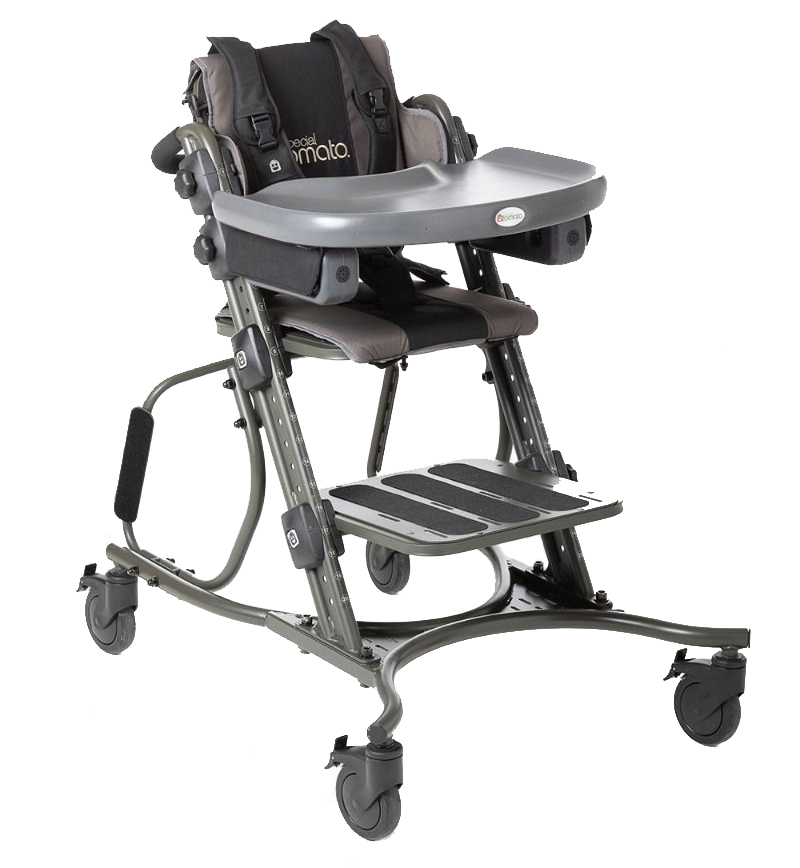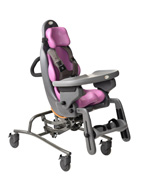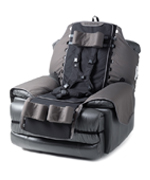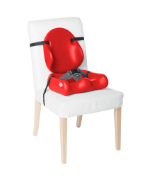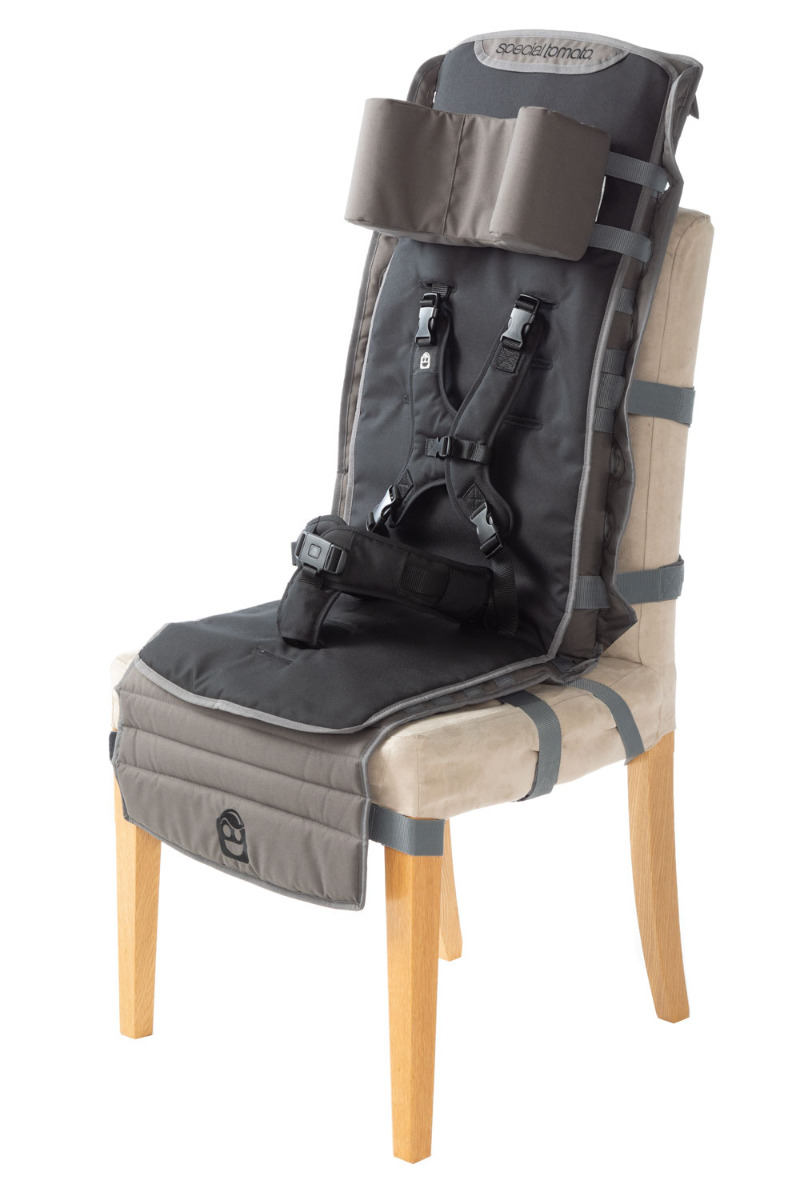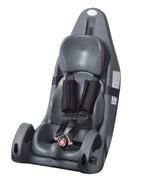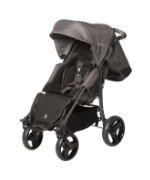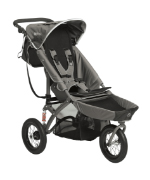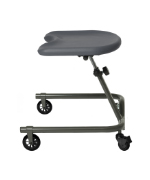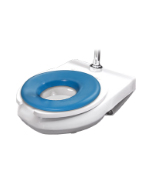Understanding Safety Bed Measurements
What defines a Safety Bed?
Individuals with special needs often require extra measures be taken to help keep them safe. This is not only true when they are awake, but also when they are asleep (or when they might be awake when their caregivers are sleeping!). Primary safety concerns, according to bed safety studies, are falls from bed and entrapment or entanglement within the bed. Studies have also found that some of the attempts made to keep people safe in bed, such as bedside safety rails, have contributed to issues of entrapment and entanglement. This is especially true for medically fragile individuals and people with physical and/or cognitive limitations.
Mattress Height, Transfer Height, Height above Mattress….What does it all mean?
As you begin to investigate Safety Beds, you may run into some terms that you are not familiar with.
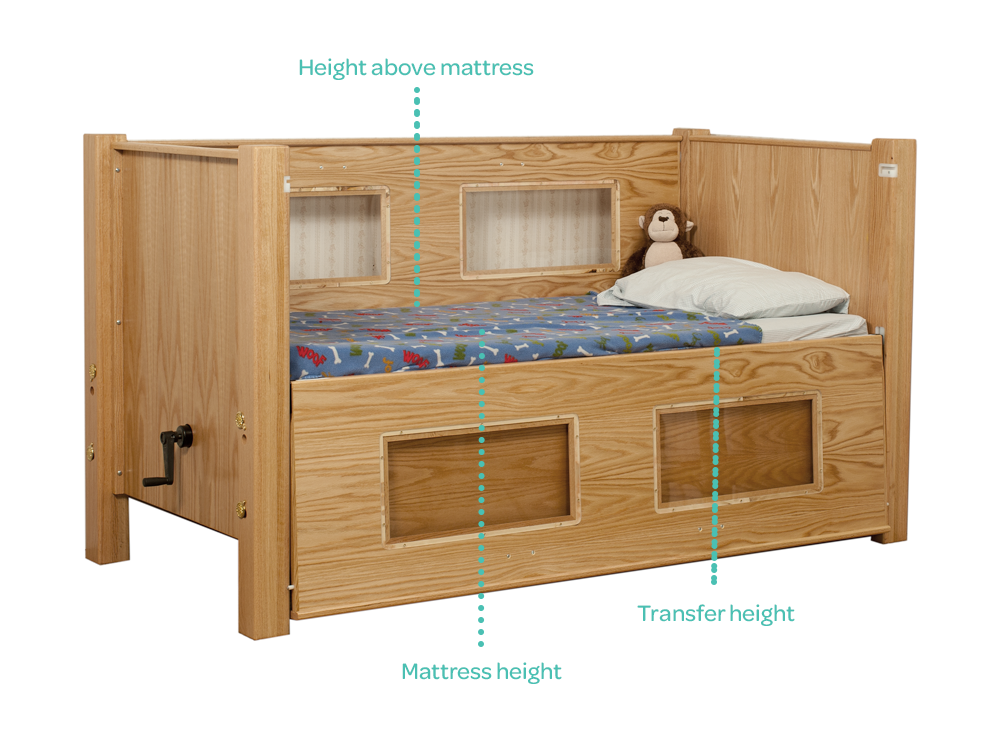

Mattress Height refers to the height of the top of the mattress above the floor. This height can vary widely and may be given in ranges when you have a bed that allows for high/low height adjustments of the bed. Even if the bed has a fixed bed deck, it is possible for the height of the mattress to be below, even with, or above the transfer height.
Height of the Side above the Mattress refers to the measurement from the top of the mattress to the top of the side wall. This measurement will also vary if the bed deck is equipped with high/ low adjustability of the mattress.
Transfer Height refers to the height of the rigid side structure of the bed frame above the floor. This height must be surpassed for an individual to get into the bed. This height does not change even if you have a bed that allows for high/low height adjustability of the mattress. Transfer Height is a concept and term that is unique to some beds that have wooden “furniture type” frames that surround the mattress, for example Beds by George.
What is the benefit of knowing all these measurements?
Individuals with special needs often use their beds as a place for activities of daily living as well as sleeping. They may require bed baths or use their bed as a place to be assisted with dressing. They may require medical care that needs to be completed while they are lying down, or they may receive their meals in bed. Whatever the reason, sometimes it may be best for the user to be lying down at a height that facilitates ease of caregiving. Sometimes it may be best for the user to be lying down at a height where they can benefit from the full height of the protective side. These measurements also come into play when considering how a person will transfer into the bed. Will that be something they will accomplish independently, with a caregiver’s assistance or perhaps with a mechanical lift? Ease and safety when getting into and out of bed is always important.
As you can see, there’s a lot to consider when looking for a safety bed that meets your needs. Hope this helps!
Wishing you a good night’s sleep!



